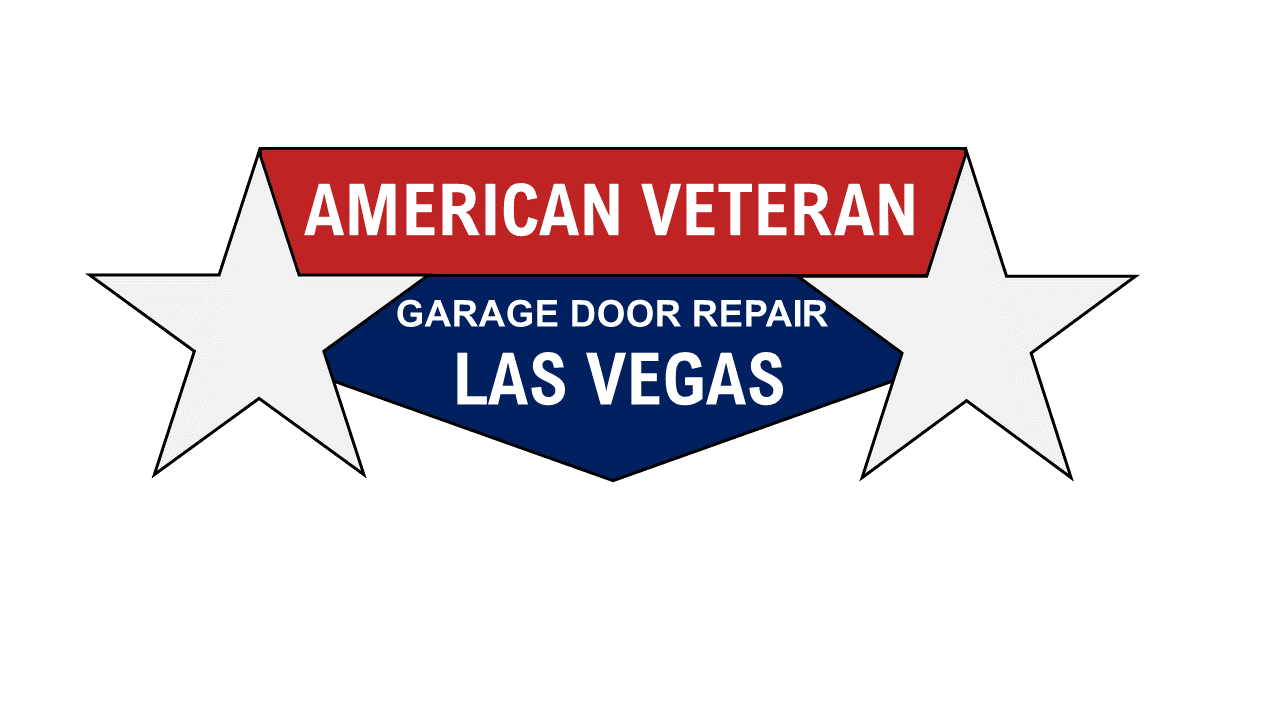
A trip to Las Vegas can be crazy, fun, and stressful all at the same time. With so much to see and do, wild crowds, seemingly unending walking, and distracting advertisements at every turn, it’s no surprise that a Vegas vacation may be exhausting. Sometimes all you need is a calm respite from the chaos and activity to refuel your energies before returning to the turmoil.
The view from the desert foothills of Frenchman Mountain is spectacular: by day, the Las Vegas Strip’s renowned skyline creates a strong feeling of location over a bustling valley; by night, the city lights inspire romance and awe. However, the sights, like the road below, do not tell the complete picture.
Learn about: Summerlin, Las Vegas NV
Charleston Boulevard runs the length of the Las Vegas Valley, stretching 22 miles east to west and reaching into the desert on both ends. It passes through Las Vegas Boulevard, the train tracks, and three freeways, as well as years of history and a diverse range of populations in the valley. The east side of Charleston is dominated by Hispanic culture, with Spanish-language shop signage and scores of Latin-influenced restaurants. Other blocks, on the other hand, offer tiny cultural enclaves, such as the African/Caribbean International Market, the long-running homosexual bar Flex, and the SGI Buddhist Center. The cultural and ethnic diversity of Charleston’s shops, churches, and salons, while rarely celebrated, point to a considerably more nuanced image than many people have of Las Vegas. You may walk for kilometers without seeing a luxurious casino or a dazzling strip club on this boulevard – not the renowned boulevard.
For all those who experienced childhood in Las Vegas, Charleston may feel like an old buddy, a branch of the family tree, a grandparent who offers tales of heydays and oddities, of tight-knit neighborhoods and popular local hangouts. When you drive it now, however, the nostalgia is less obvious; it now lies, in many places, midway between the bright old days and the potentially revived future. It also spreads from its historic and worn downtown buildings to its still-growing suburban outskirts, particularly on the west side, where Summerlin’s master-planned community creeps progressively closer to Red Rock Canyon Conservation Area as the route becomes Highway 159. In another sense, it depicts an intellectual conflict that is still raging in many Western megacities.
However, implicit in the concept of local revitalization is a dissatisfaction with the status quo – the past was excellent, the future could be good, but what about now? And what exactly is gentrification when it comes to revitalization? — say about the people who are here right now, manning a small section of this street every day, fixing cars, selling quinceaera dresses, studying law, showcasing art, offering pupusas, cutting, bustling, and braiding hair, designing bouquets, treating sick patients, walking, driving, and riding the bus, crouching in the shade of a 50-year-old sign? Western sprawl cities are frequently constrained in their vertical growth, making them less crowded, and their built environments are newer and less architecturally acclaimed than many East Coast towns. However, ordinary streets like this one constitute an important element of the city’s identity. Whereas Las Vegas Boulevard caters to visitors’ escapism fantasies, Charleston Boulevard is home to hundreds of residents going about their daily lives.
Read about: South Rainbow Boulevard, Pueblo Park, Lake Jacqueline, Bruce Trent Park, Hualapai Canyon, Cottonwood Canyon, West Charleston Boulevard, Woofter Family Park, Bill Briare Park
